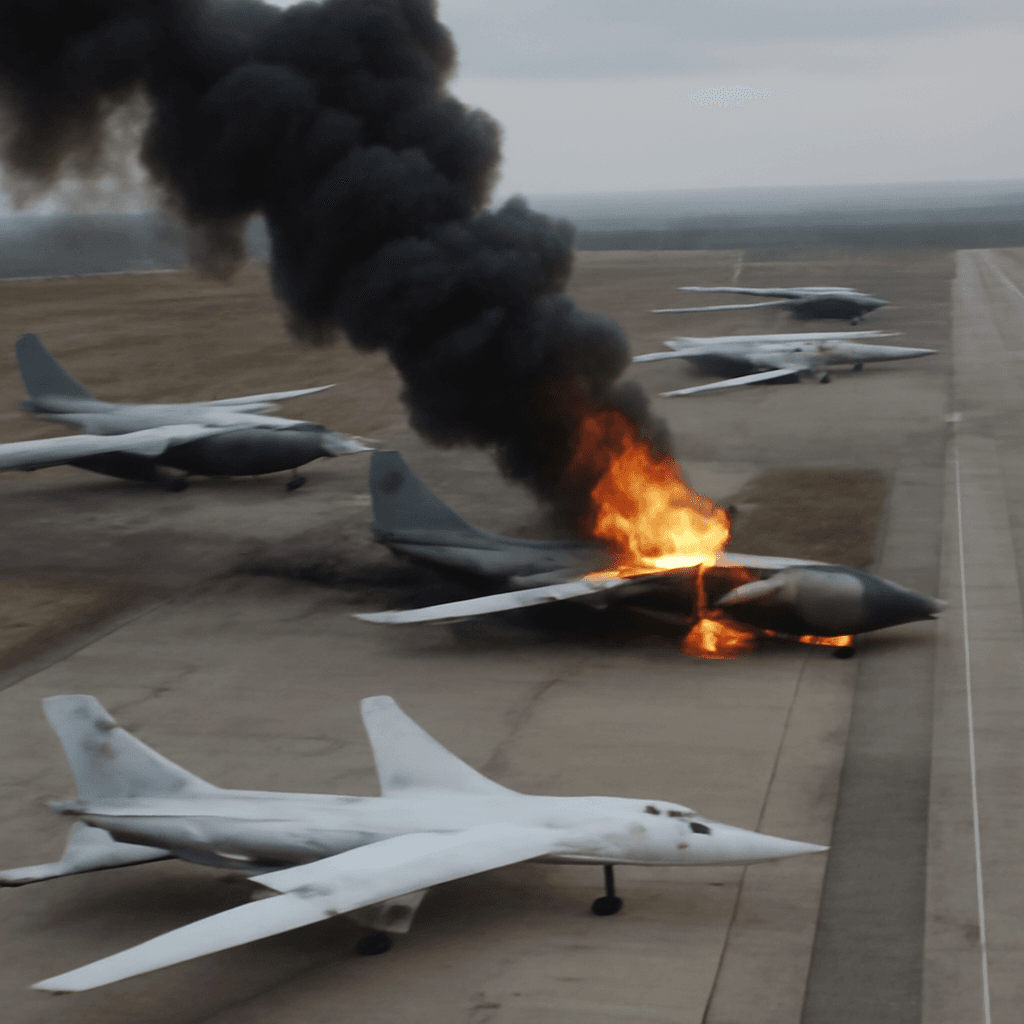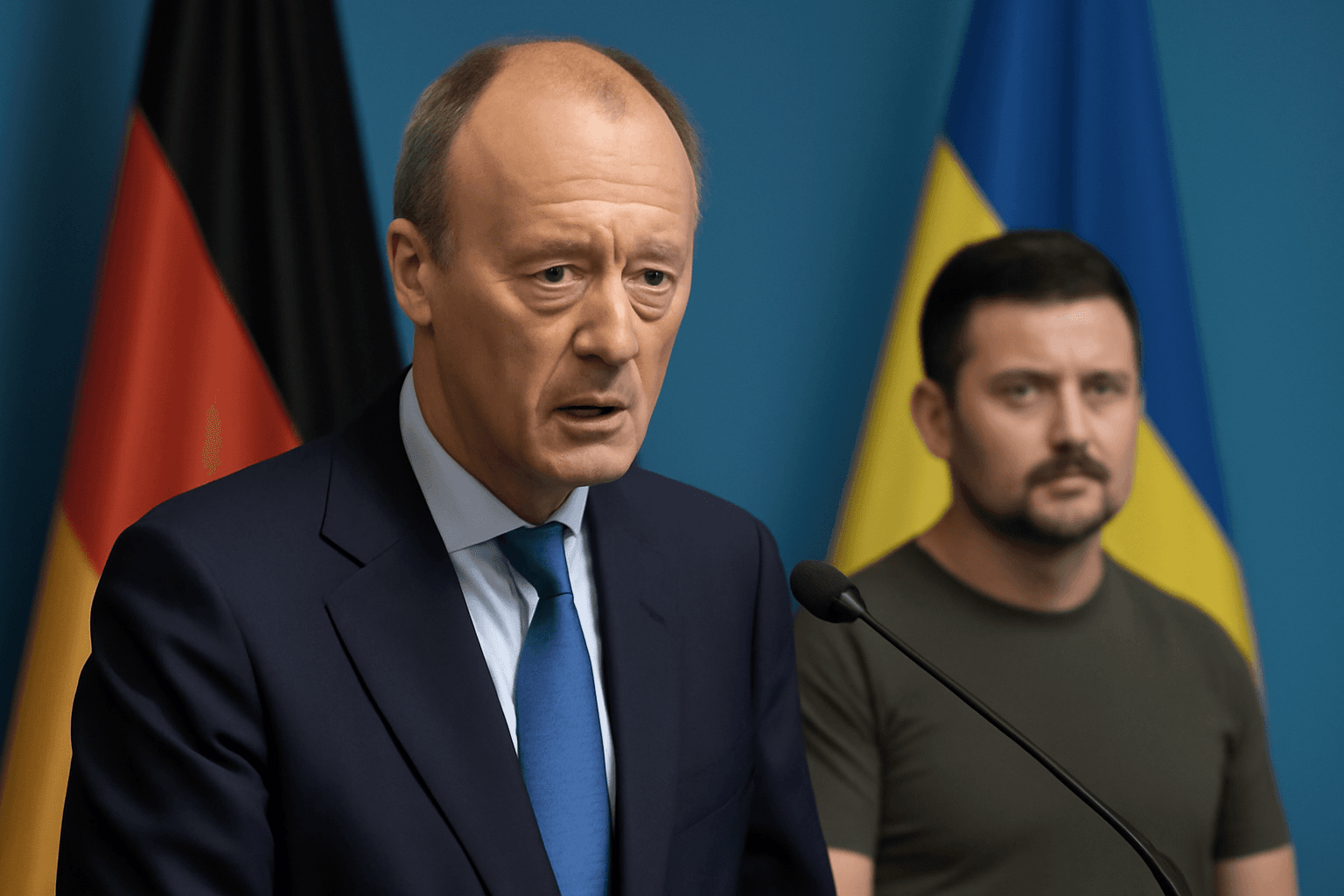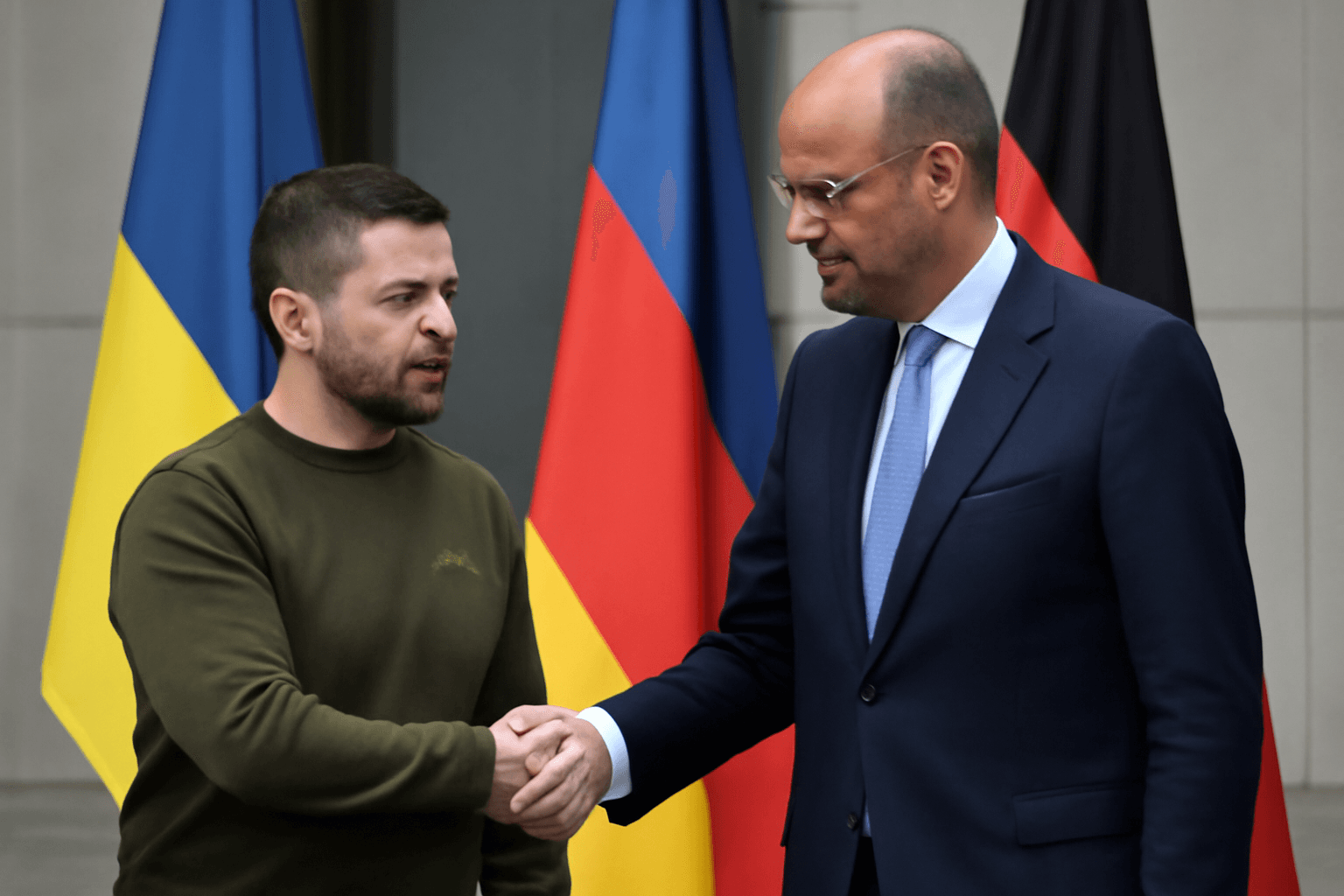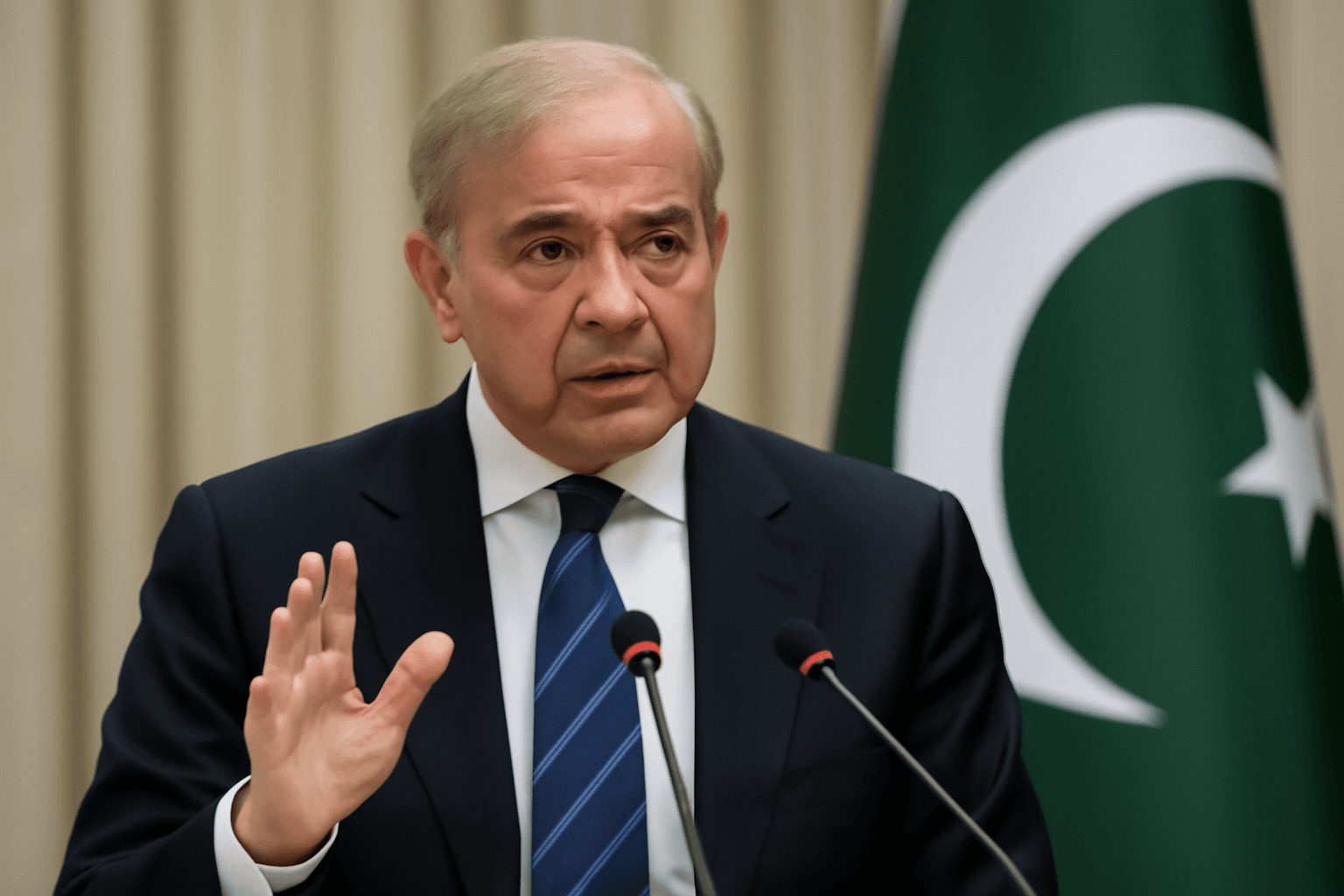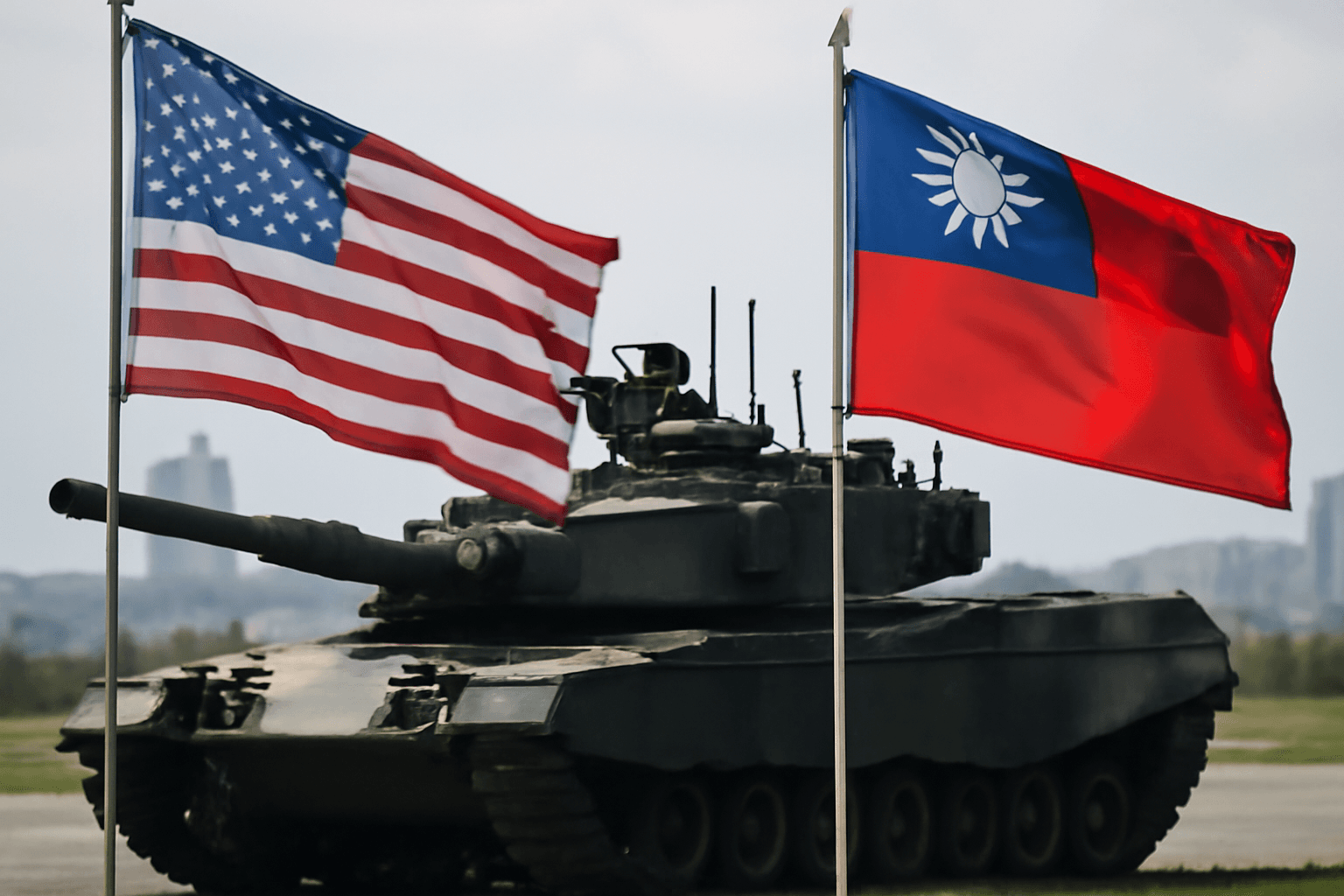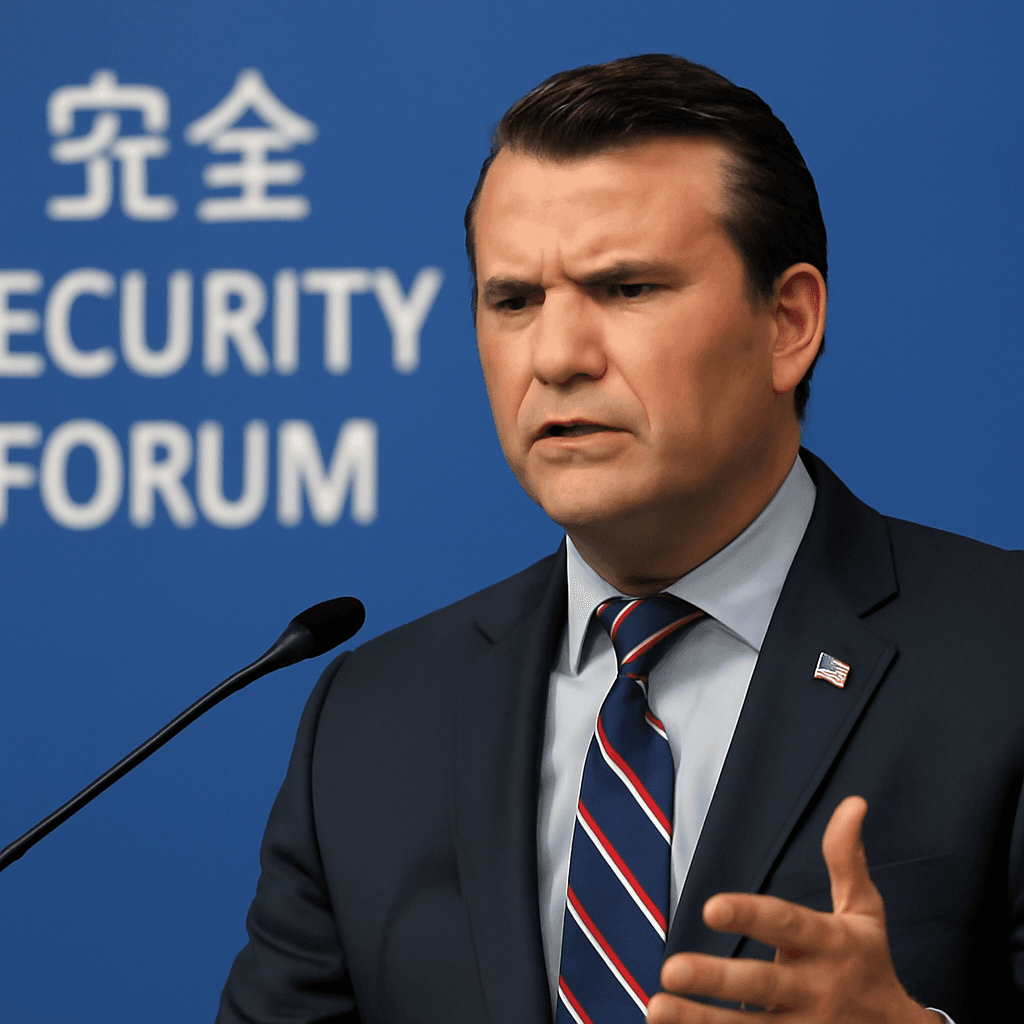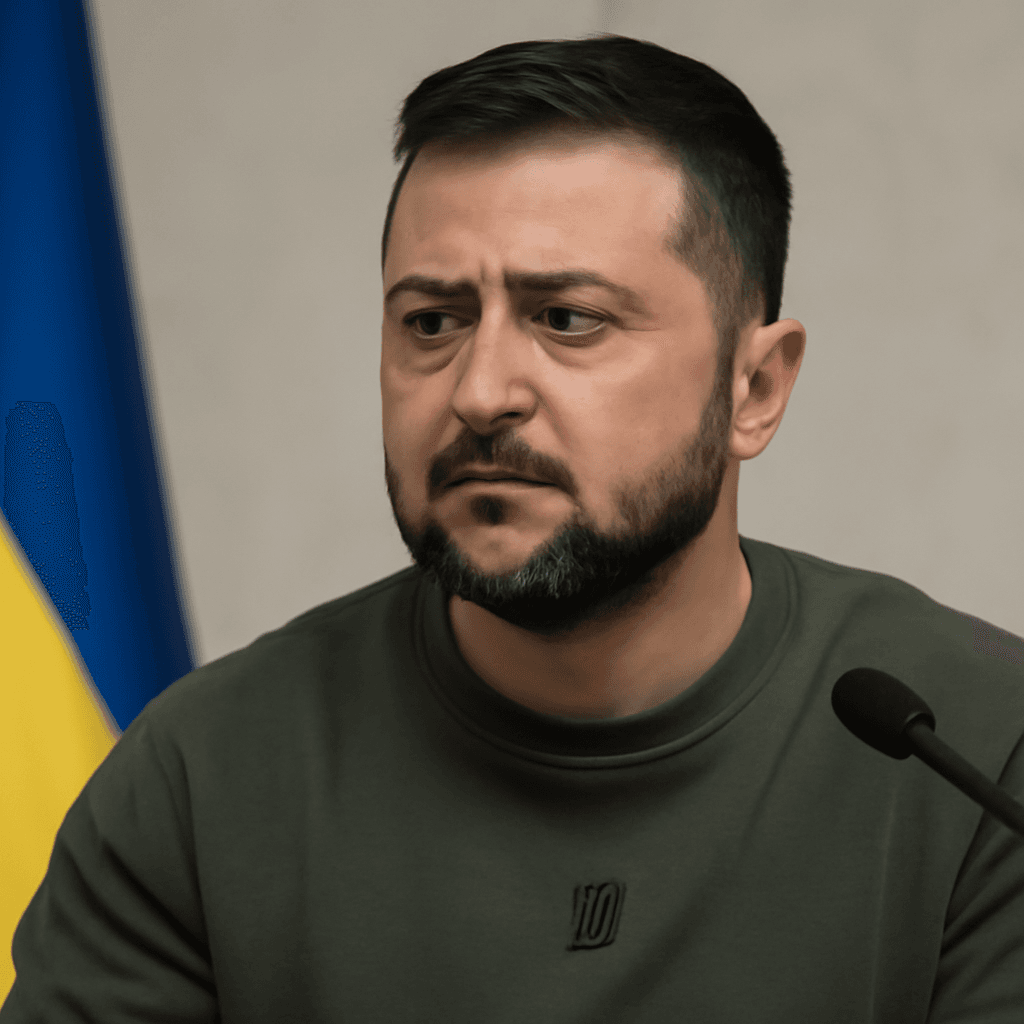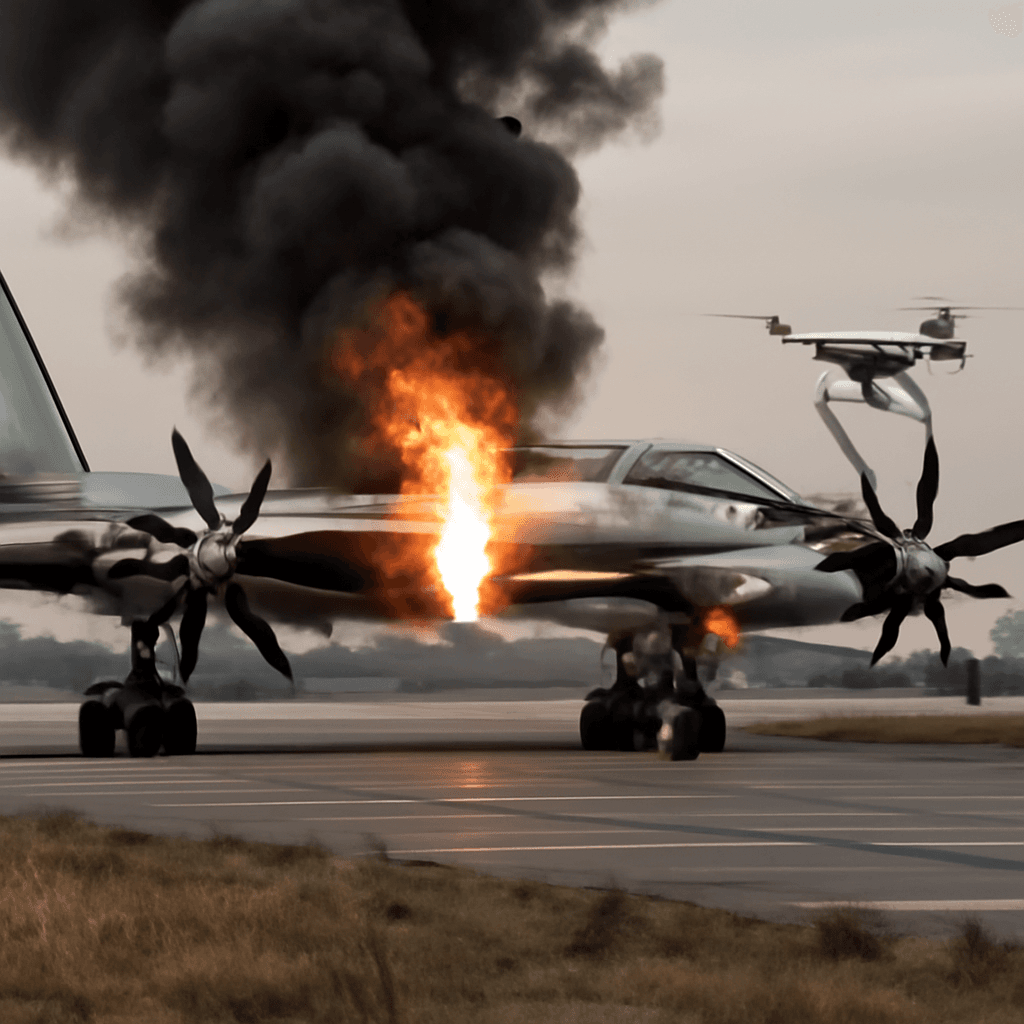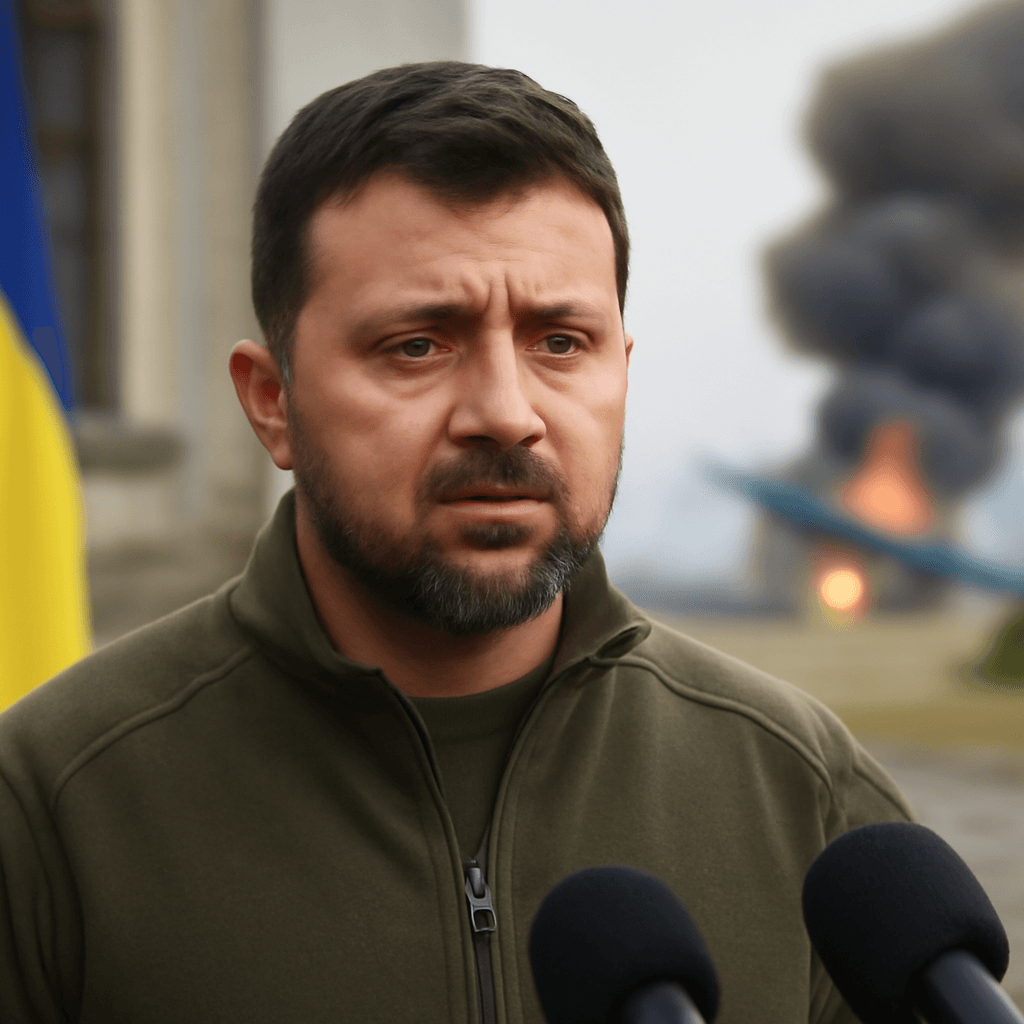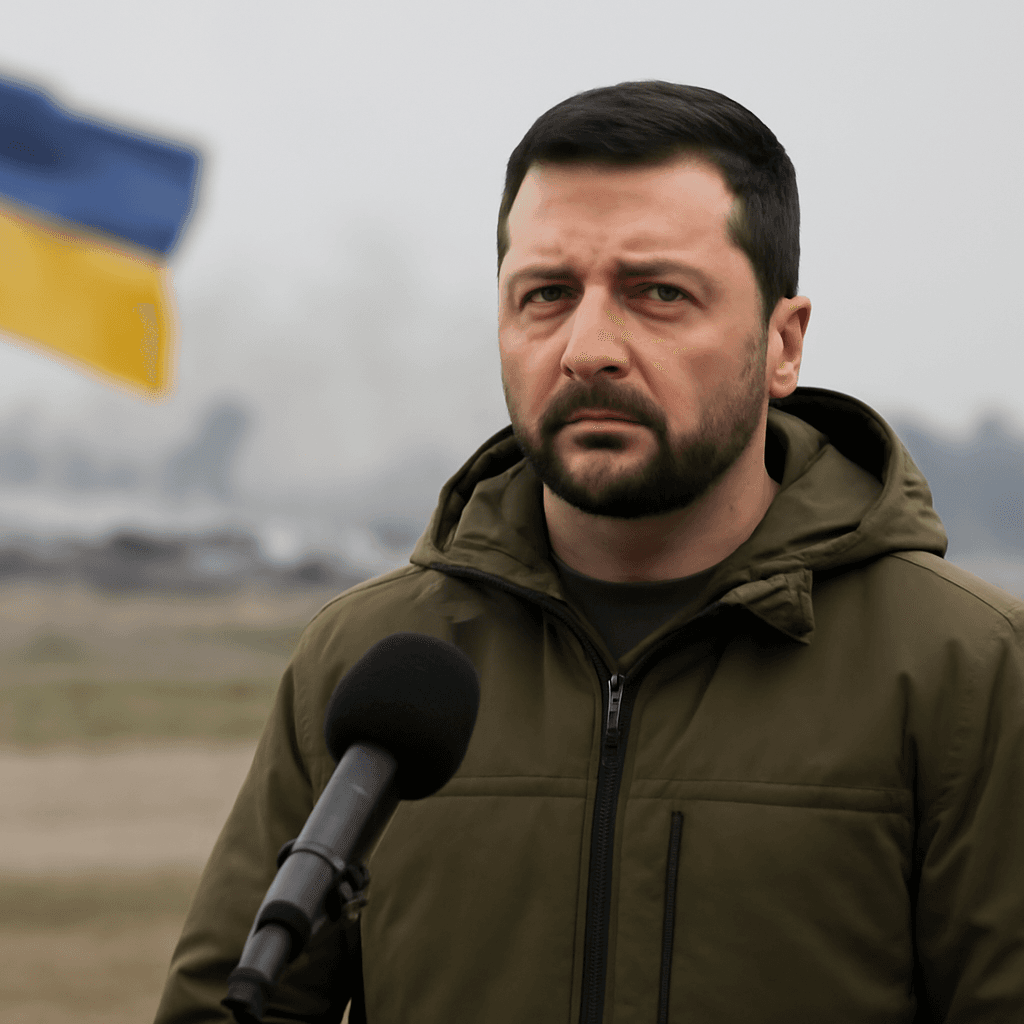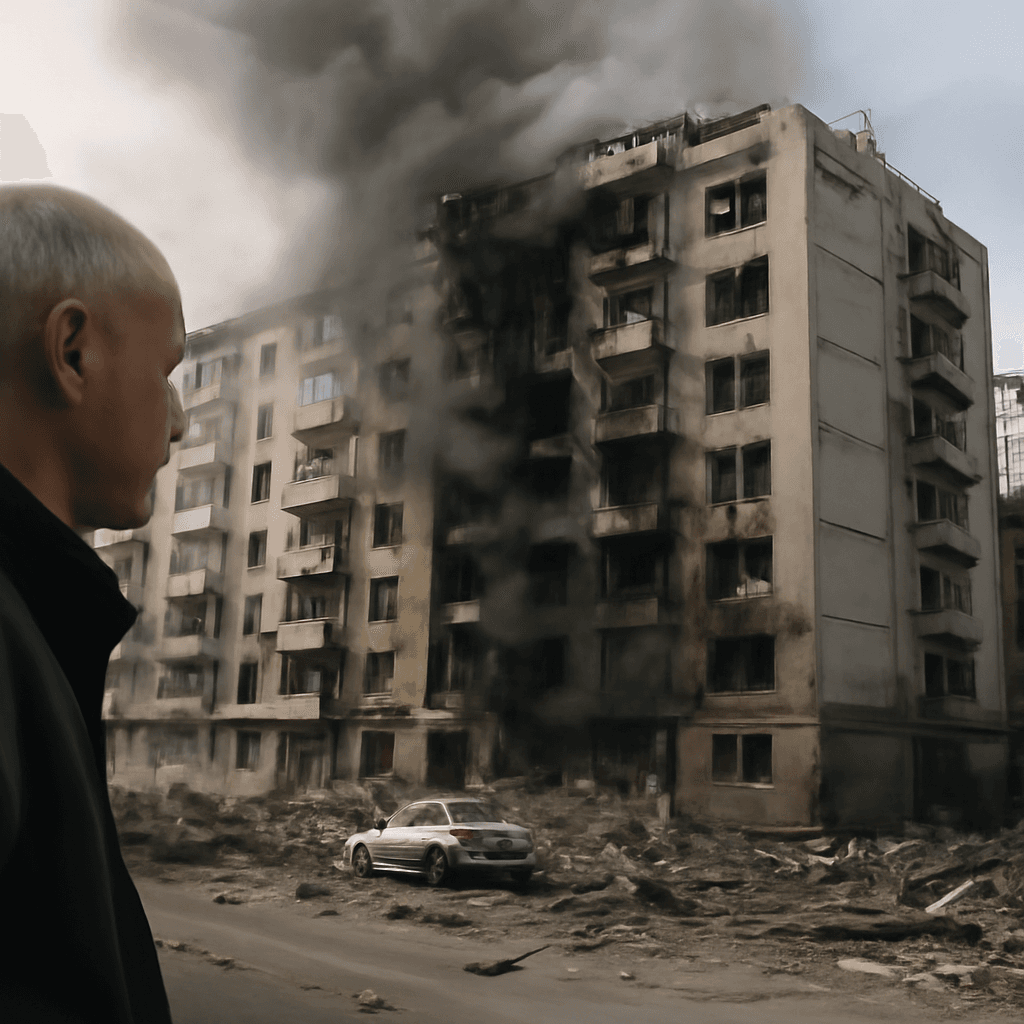Ukraine Executes Long-Range Drone Strikes on Russian Airfields
Ukraine launched a sophisticated drone attack targeting five Russian military airbases located thousands of kilometres inside Russia. The operation, code-named "Spider's Web," marked one of Ukraine's most extended-range assaults, hitting critical strategic aircraft including bombers and command planes.
Details of the Drone Operation
Ukrainian forces deployed a total of 117 drones during this large-scale offensive, striking at least 41 Russian aircraft across the airfields in Murmansk, Irkutsk, Ivanovo, Ryazan, and Amur regions. Among the damaged aircraft were strategic bombers Tu-95 and Tu-22, along with A-50 radar detection and command aircraft.
The Russian Defence Ministry acknowledged that several aircraft caught fire in the Murmansk and Irkutsk regions, although all fires were eventually extinguished without reported casualties. Russian officials also stated that attacks on the Ivanovo, Ryazan, and Amur airbases were successfully repelled, and suspects involved in the drone launches were detained.
Innovative Tactics Behind Operation Spider's Web
This operation stood out due to its unique use of concealed launch mechanisms. Drones were smuggled into Russian territory disguised within the roofs of wooden cabins mounted on trucks. At the moment of attack, the cabins' roofs were remotely opened to release the drones, enabling them to engage nearby strategic targets effectively.
The operation’s execution followed over 18 months of meticulous planning, demonstrating significant logistical complexity and operational coordination. Ukraine's president described the results as "brilliant," emphasizing the strategic impact on Russia’s air capabilities.
Impact and Strategic Significance
- Estimated $7 billion worth of Russian military aviation assets damaged or destroyed.
- Destruction of nearly 34% of Russia's strategic cruise missile carriers stationed at the attacked airfields.
- Simultaneous strikes on remote bases located as far as 4,300 kilometres from the Ukrainian border.
Video footage circulating after the attack depicted thick smoke and flames at major airbases, including Belaya in Irkutsk Oblast and Olenya in Murmansk Oblast, underscoring the physical damage inflicted.
Russia's Response and Security Measures
Russian authorities confirmed that the drones used were launched not from Ukrainian soil but from positions in close proximity to the targeted airfields, indicating deep covert infiltration. Several individuals, including a truck driver from which at least one drone was deployed, were arrested in connection with the attacks.
Despite the damage, Russia asserted that no fatalities occurred and emphasized its capability to contain and counter such threats. Moscow also claimed to have formulated peace proposals but withheld their details ahead of planned talks.
Context and Political Implications
The timing of the operation coincided with ongoing diplomatic efforts to negotiate an end to the conflict. Ukraine announced a delegation would visit Istanbul for talks with Russian officials, facilitated by Turkey. The meeting aims to address ceasefire agreements, prisoner exchanges, and the return of abducted children.
The proposed dialogue follows mounting international pressure to reach a political solution amid the prolonged conflict. While Russia previously rejected ceasefire requests, the recent talks signal a potential, albeit cautious, step toward peace negotiations.

